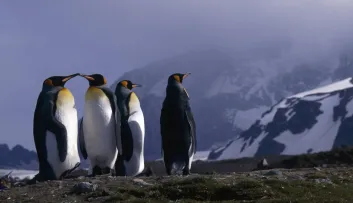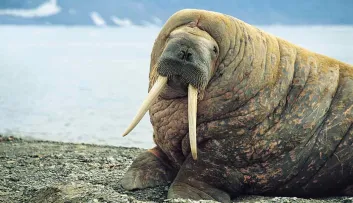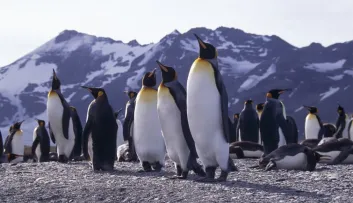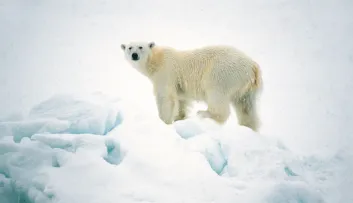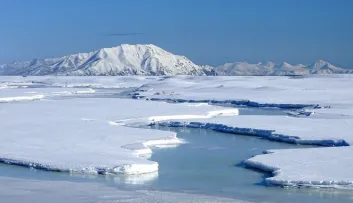Poles 5mn
Poles, glaciers and climate change
A look at why glaciers and the poles are important in the fight against climate change.
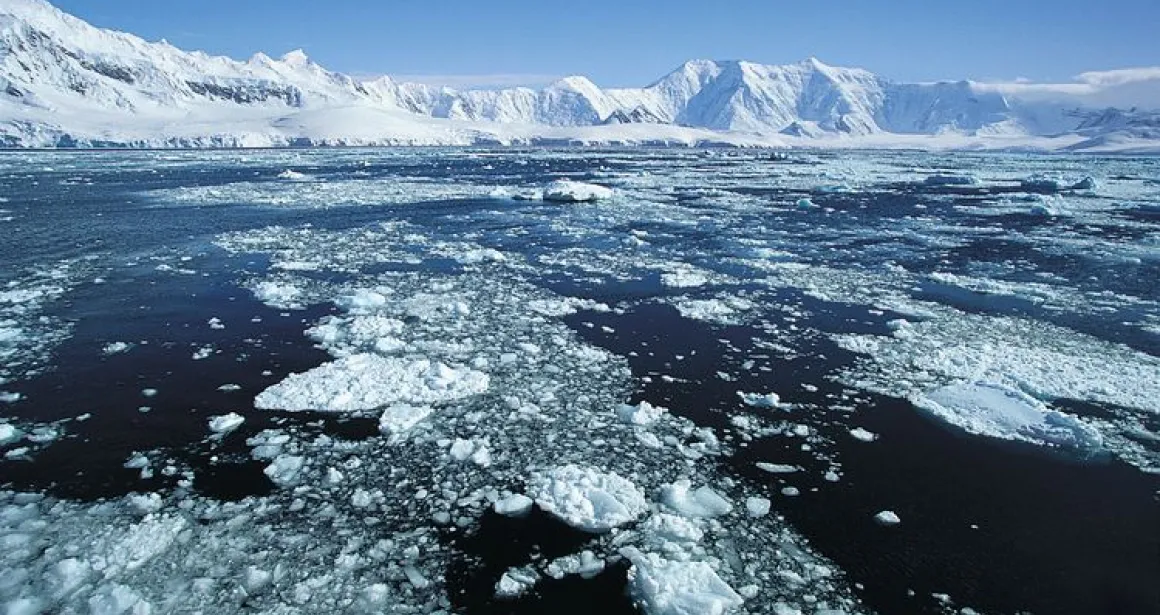
At the One Planet - Polar Summit held in Paris on the 8th, 9th and 10th of November 2023, more than forty “ice and polar nations” gathered in the presence of cryosphere specialists to discuss the pressing issues affecting the polar regions, particularly with the melting of the ice and the disruption of the water cycle.
The summit concluded on the 10th of November with a Paris Call for glaciers linked to climate change and the poles, approved by 31 countries, the United Nations Scientific, Educational and Cultural Organisation and the World Meteorological Organisation.
Therefore, the Paris Call urges cooperation to preserve the cryosphere and support research, in particular by funding programmes and sharing data. It also urges:
- Promoting the Decade of Cryospheric, Glacial and Polar Sciences from 2025 to 2034 with UNESCO and the World Meteorological Organisation, by encouraging education on polar and glacial issues through the International Year of Glacier Preservation in 2025 and World Glacier Day on the 21st of March.
- Support for the Ice memory project
- Creating a coalition of coastal cities and regions whose inhabitants are directly affected by rising sea levels, in preparation for the United Nations Ocean Conference (UNOC) in 2025.
- Launching the “Policy recommendations for coastal cities to adapt to sea level rise” stemming from the Sea’ties project.
- Intensifying international efforts such as the Paris Agreement - COP 21, the pursuit of the objectives to be achieved in the Kunming - Montreal Global Biodiversity Framework, implementing the provisions of the treaty on biodiversity in the high seas, and in particular, establishing marine protected areas.
Why should we protect the poles and glaciers?
- The cryosphere, i.e. the regions of the planet where water is in a solid state, represents 10% of the Earth’s surface. It includes the inlandsis ice sheets of Antarctic and Greenland, the sea ice in the Arctic and Southern Ocean, snow cover and mountain glaciers, as well as permafrost, which is land that is permanently frozen.
- Glaciers account for 60-70% of the world’s freshwater.
- These regions are the hardest hit by global warming as a result of rising greenhouse gas emissions, with direct consequences for their populations and ecosystems, as well as for the rest of the planet.
- The consequences of melting ice are felt locally, regionally and globally because they affect the whole world, but the causes are linked to activities that take place mainly outside these regions.
A few figures
- In 2021 and 2022, the loss of mass of mountain glaciers was 20% higher than the average for the previous decade. By 2100, it is already predicted that more than half of these glaciers will have disappeared.
- Surface temperatures in the Arctic have risen by up to four times the global annual average over the last forty years.
- The loss of ice from the Greenland and Antarctic inlandsis ice sheets has increased by a factor of 4 in 30 years, thus contributing to rising sea levels.
- In September 2023, Arctic sea ice reached its 5th lowest level since 1985.
- In February 2023, Antarctic sea ice reached its lowest ever recorded expanse, leading to an increased risk of reproductive failure for emperor penguins. In the Antarctic in 2022, scientists observed a total failure of Emperor penguin reproduction on 4 out of 5 breeding sites due to the early break-up of the sea ice on which they depend to live and reproduce.
- When permafrost thaws, it releases greenhouse gases, which will have an impact on our ability to limit global warming to 1.5 degrees Celsius.
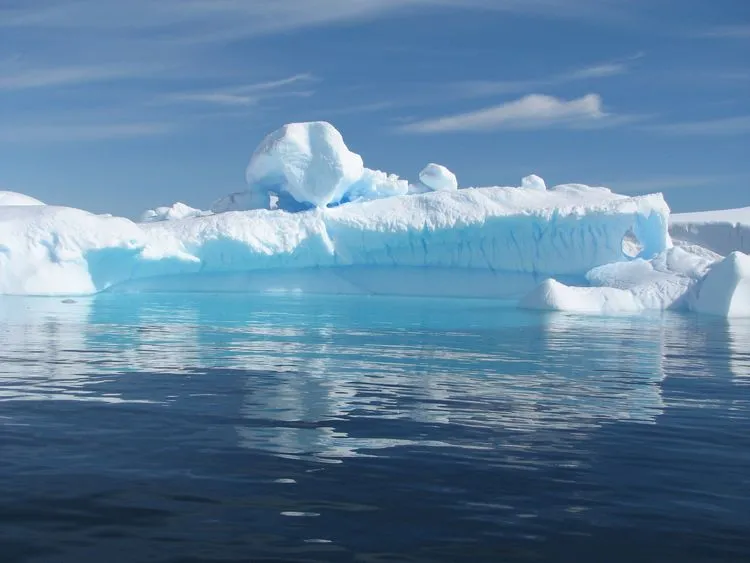
How will the melting ice affect us?
Losing the cryosphere has consequences throughout the entire world:
- In South Asia, for example, the disappearance of mountain glaciers and high plateaux will affect the supply of drinking water, agriculture and electricity production for 2 billion people.
- Rising sea levels will expose several hundred million people living in coastal areas to the risk of coastal flooding.
- The shrinking surface area of the ice pack means a smaller reflective surface for sunlight, causing the ocean to warm up and absorb it.
- The consequences for biodiversity are also visible in the polar regions: loss of habitat, as is already happening to polar bears, changes in the makeup of species and an increase in the risk of invasion by non-native species. In the Arctic, these changes are also adversely affecting the livelihoods and food and water security of indigenous populations.
